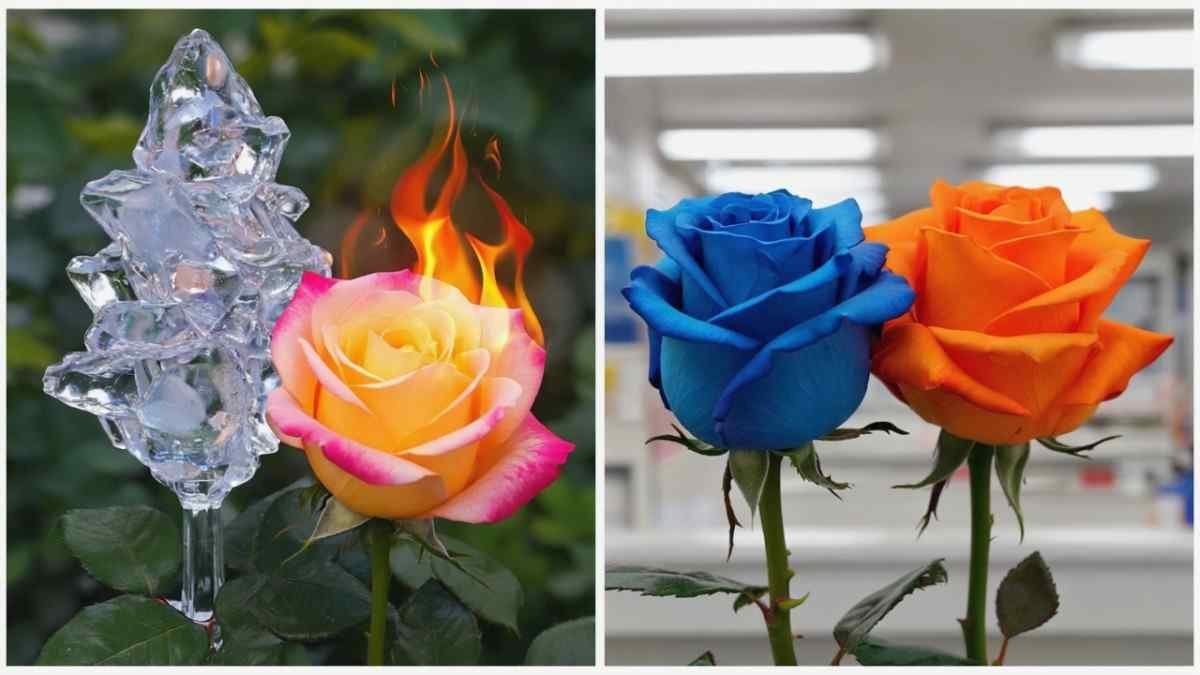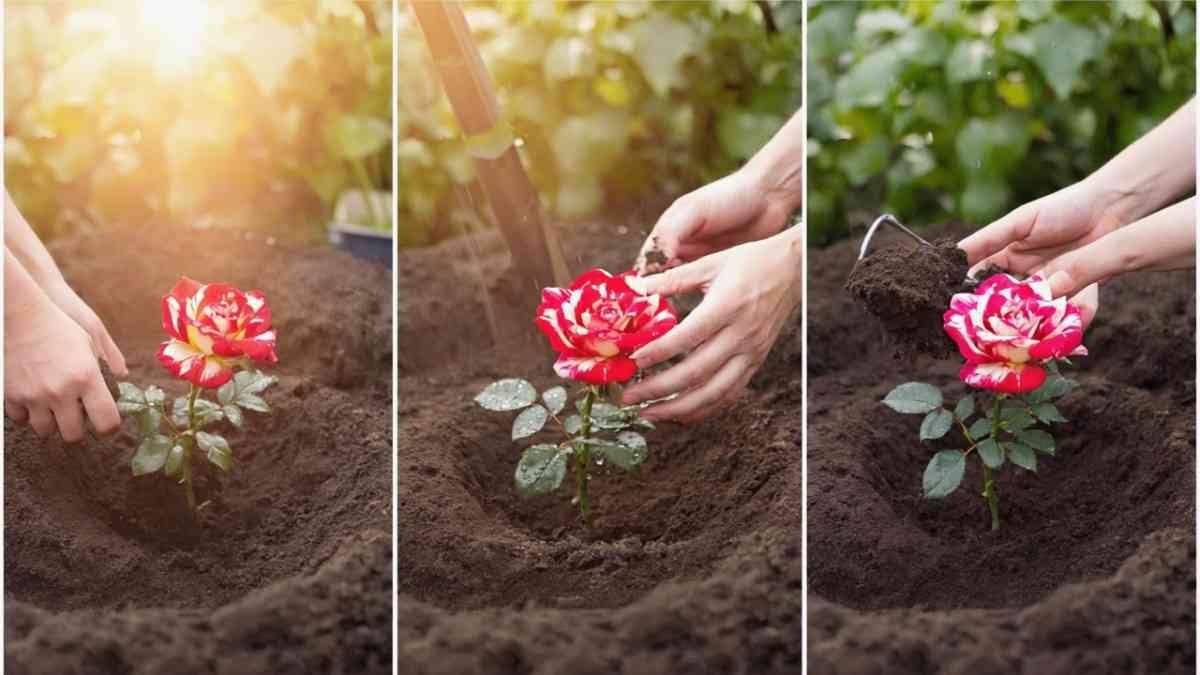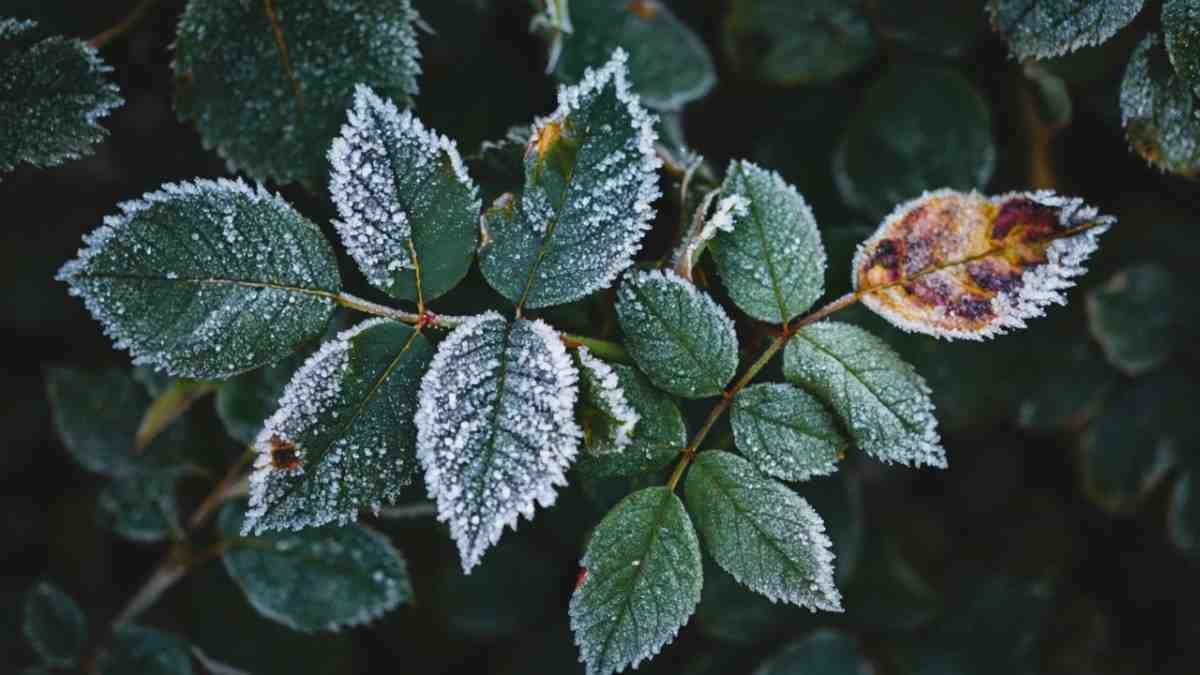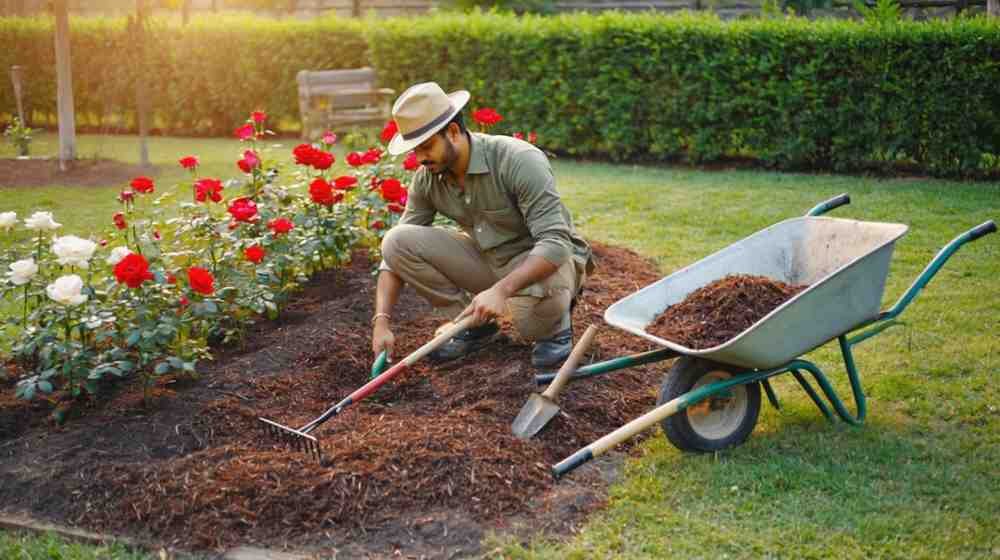Five years ago, I planted my first fire and ice roses. Back then, I wasn’t the “experienced gardener” I am today—I was a hopeful rookie. I remember holding that first tiny plant like it was a newborn. The petals? Oh, breathtaking! Red edges kissed with creamy white centers. It was nature’s drama on a stem. But it wasn’t all poetry—my first plant nearly died because I overwatered it. I learned the hard way that these roses love balance, not drowning. Since then, I’ve grown dozens, and each time, it feels like holding both summer’s passion and winter’s calm in my hands.
Table of Contents
ToggleWhat Are Fire and Ice Roses?

Let’s break it down. Fire and ice roses aren’t just a name—they’re a visual story. Imagine the fiery red passion along the petal tips blending into a cool, icy white heart. They’re usually hybrid tea roses, famous for their high-centered blooms and long stems. Perfect for cutting and displaying in a vase. Their name comes from that striking contrast—fire for the red, ice for the white. This variety symbolizes passion and purity, love and peace—basically, a mixed bag of emotions in floral form. No wonder people gift them for both weddings and apologies.
Are Fire and Ice Roses Real?

Let’s clear the air—yes, they’re real! Not painted, not photoshopped. They’re cultivated through selective breeding. Gardeners and hybridizers mix rose varieties to create this natural gradient of color. Of course, you might see dyed or artificially altered roses sold online—those don’t count. The real ones have softer transitions between colors, and no paint streaks on stems or leaves. If you’re buying, get them from a reputable nursery. Trust me, nothing beats watching the first real petal unfurl and reveal that iconic red-to-white gradient.
Why They’re So Special

Fire and ice roses are more than just pretty faces. Their symbolism is rich. They stand for unity between opposites. Love after conflict. Passion meeting peace. Many couples use them in weddings because they represent two personalities blending into one relationship. Others plant them in memory gardens, honoring someone who had both a fierce spirit and a gentle soul. And for gardeners like me? They’re simply a joy to grow—a daily reminder that beauty can come from balance.
How to Grow Fire and Ice Roses

Growing them isn’t rocket science, but they’re not as forgiving as daisies. They like:
-
Sunlight: At least 6 hours of full sun.
-
Soil: Well-draining, slightly acidic soil.
-
Water: Deep watering 2–3 times a week in summer.
-
Pruning: Early spring, before new growth.
-
Fertilizer: Rose-specific feed every 4–6 weeks during blooming season.
My tip? Always water at the base, not the leaves—wet foliage invites diseases like black spot. And if you live somewhere humid, space your plants so air flows freely.
The Challenges You Might Face

Here’s the truth—fire and ice roses can be a bit moody. They’re prone to pests like aphids and spider mites. They hate soggy soil. And if you forget to prune, the blooms get smaller over time. I once went two seasons without pruning (don’t ask why—life happened), and my gorgeous blooms turned into awkward little buds. Lesson learned: maintenance matters. Keep an eye on weather too—heavy rain can bruise the petals, so sometimes I pop a temporary cover over mine during storms.
Advice for Beginners

If you’re new to roses, start with one plant. Don’t go all in and buy ten, thinking you’ll have an instant rose paradise. These beauties need attention. Choose a sunny spot, prepare your soil well, and invest in a good pair of pruning shears. And here’s a bonus trick—mulch around the base to lock in moisture and keep weeds away. Oh, and talk to them. Not because they’ll grow faster (science hasn’t proved that), but because it makes you feel connected.
My Funniest Fire and Ice Moment

Once, I gave a bouquet of my fire and ice roses to a friend, not realizing she was allergic to pollen. She loved them—until the sneezing started. It turned into a comedy scene: her, clutching the flowers in one hand and a tissue box in the other. Moral of the story? Know your audience before gifting blooms. Still, she dried the petals and kept them in a jar. Even allergy attacks couldn’t make her toss them.
Why They’re Perfect for Gifts
When you gift fire and ice roses, you’re sending a mixed but beautiful message—intensity and serenity in one. They work for romantic gestures, celebrations, or even peace offerings after a fight. The best part? They’re conversation starters. People will ask about their name and meaning, giving you a chance to share the story behind them. Plus, they look stunning in photos—Instagram will love you.
Caring for Fire and Ice Roses Year-Round

The secret to keeping your fire and ice roses blooming year after year is seasonal care. Spring is for pruning, feeding, and fresh mulch. Summer demands consistent watering and pest checks. Autumn? Time to slow down feeding, prune lightly, and remove dead blooms. Winter means protecting your plants—mulch heavily, and if you’re in a freezing climate, cover the base with burlap or rose cones. Roses don’t like sudden shock, so transitions should be gentle. Think of them as drama queens—they appreciate attention but hate being rushed. Keep their needs in mind, and they’ll reward you with stunning blooms.
Common Problems and How to Solve Them
Even the most experienced gardeners face challenges with fire and ice roses. Problem 1: Black spot disease—fix by removing infected leaves and spraying with a sulfur-based fungicide. Problem 2: Aphids—blast them off with a strong stream of water or introduce ladybugs. Problem 3: Weak blooms—usually a sign of poor feeding; give a rose-specific fertilizer. Problem 4: Sunburned petals—provide light shade in extremely hot summers. Remember, these roses aren’t indestructible. Treat problems quickly, and don’t ignore small changes. In rose care, early action is always better than desperate rescue missions later.
Creative Ways to Use Fire and Ice Roses
These roses aren’t just for the garden—they’re a decorator’s dream. You can:
-
Create dramatic wedding bouquets.
-
Make table centerpieces for dinner parties.
-
Dry petals for potpourri or resin art.
-
Use them in flower crowns for photoshoots.
-
Gift them as “peace offerings” after a heated argument.
Their bold contrast works in both romantic and modern settings. I once used them in a friend’s engagement setup—candles, fairy lights, and fire and ice roses in vintage vases. The result? Pure magic, and photos that still make people swoon.
Fire and Ice Roses Around the World
These beauties thrive in many climates, but conditions vary. In warmer regions like California or southern Europe, they bloom for longer seasons but may need extra pest control. In colder areas like Canada or northern Europe, they require winter protection and may only bloom in summer. In tropical zones, you’ll have to watch humidity levels—too much invites fungus. Regardless of where you live, the core rule is the same: sun, well-drained soil, and love. I’ve spoken to gardeners from Australia to the UK, and they all agree—these roses adapt if you meet their basic needs.
Symbolism and Emotional Value
The beauty of fire and ice roses isn’t just visual—it’s emotional. They symbolize harmony between passion and calm, making them perfect for love stories, reconciliations, and milestones. Some use them in memorial gardens to honor loved ones who had fiery spirits but gentle hearts. Others plant them as a reminder that life is a balance of highs and lows. Personally, they remind me of my own growth as a gardener—learning patience, balance, and when to take action. Each bloom feels like a quiet nod from nature, saying, “You’re getting better at this.”
My Top Fire and Ice Rose Growing Hacks

Here are my five favorite hacks for thriving plants:
-
Banana peel tea – Natural potassium boost for stronger blooms.
-
Companion planting – Lavender nearby repels pests naturally.
-
Morning watering – Keeps leaves dry before nightfall, preventing disease.
-
Deadhead regularly – Encourages more blooms throughout the season.
-
Rose cone for winter – Protects roots from frost damage.
These little habits may seem small, but they make a big difference over time. Trust me, your roses will thank you.
FAQs About Fire and Ice Roses
Q1: Are fire and ice roses real?
Yes! They’re genuine hybrid tea roses with a natural red-to-white gradient.
Q2: How to grow fire and ice roses?
Plant in sunny spots with well-drained soil, water deeply twice a week, feed with rose fertilizer, and prune in spring.
Q3: What are fire and ice roses?
They’re hybrid tea roses named for their fiery red edges and icy white centers, symbolizing passion and peace.
Q4: Can they grow indoors?
Not ideally—they need full sun outdoors, but you can grow them in large pots on balconies or patios.
Final Advice for Gardeners

If you decide to grow fire and ice roses, be prepared for a relationship. These flowers demand care, attention, and patience, but they’ll give you beauty, pride, and joy in return. Don’t be afraid of mistakes—I’ve killed more plants in my early years than I’d like to admit, but each one taught me something. The biggest tip? Enjoy the process. Roses aren’t just about the blooms—they’re about the time you spend nurturing them. And with fire and ice roses, every petal is proof that balance can be breathtaking.
for more information homegardeni.com is always available for you